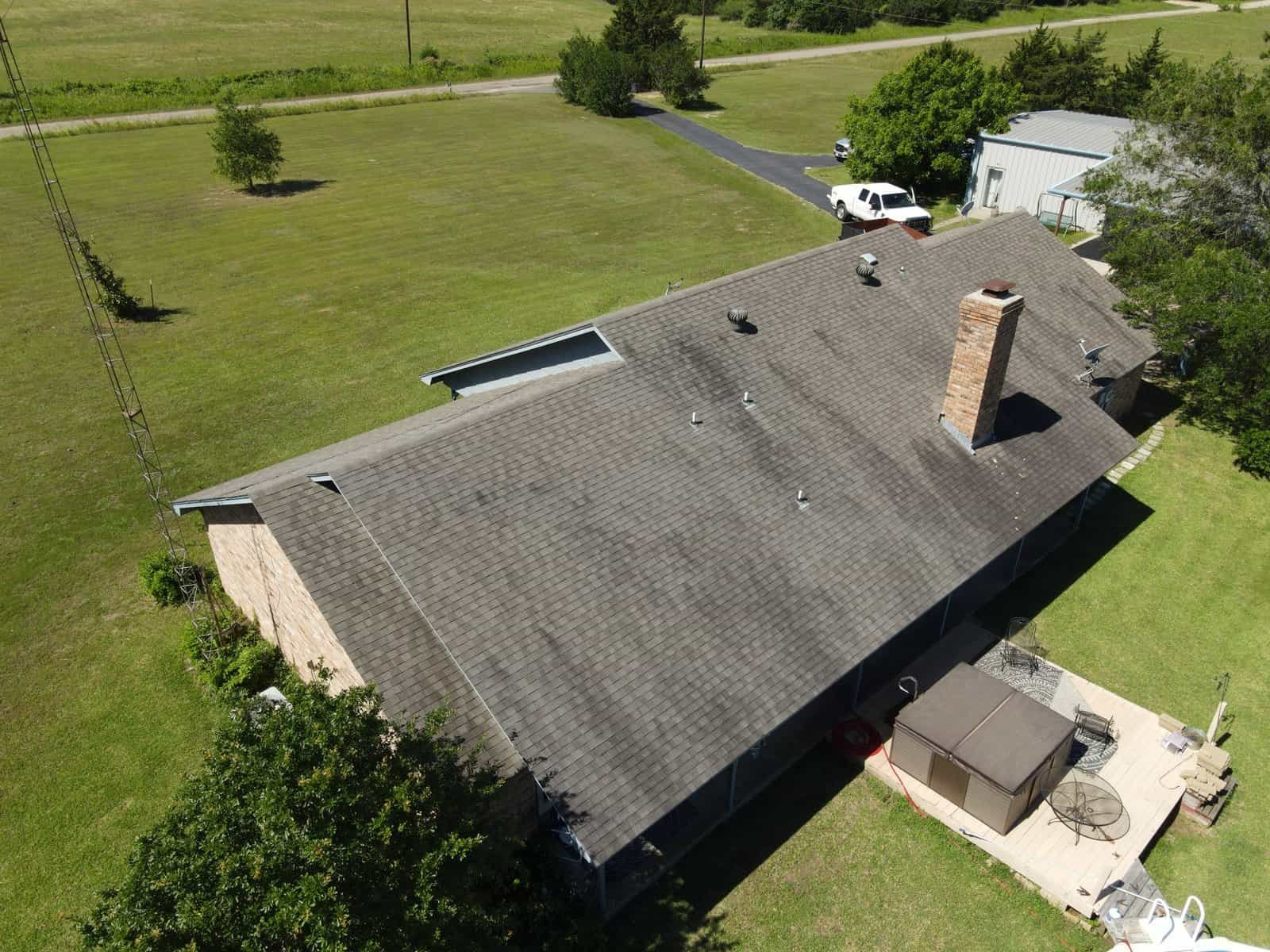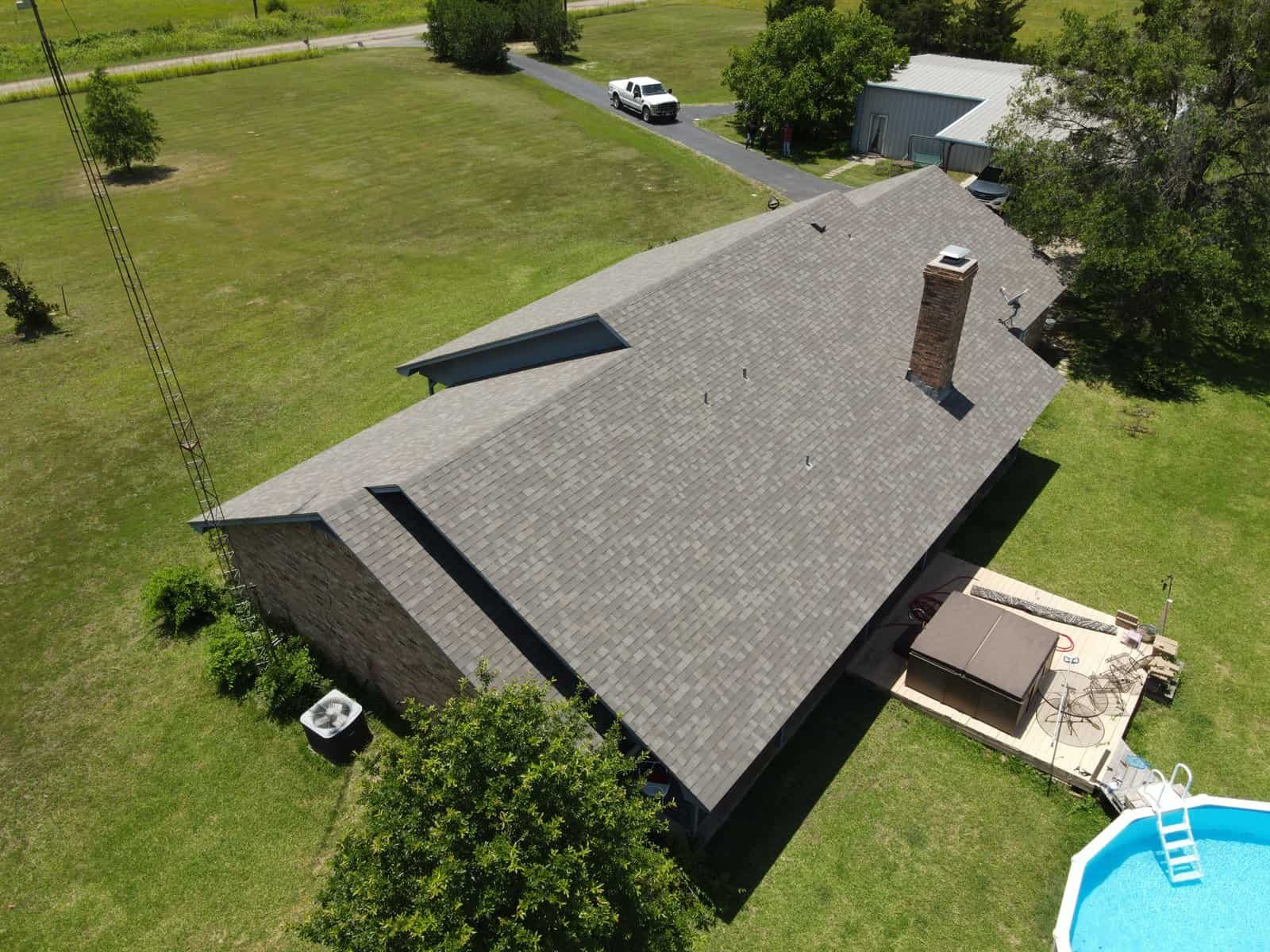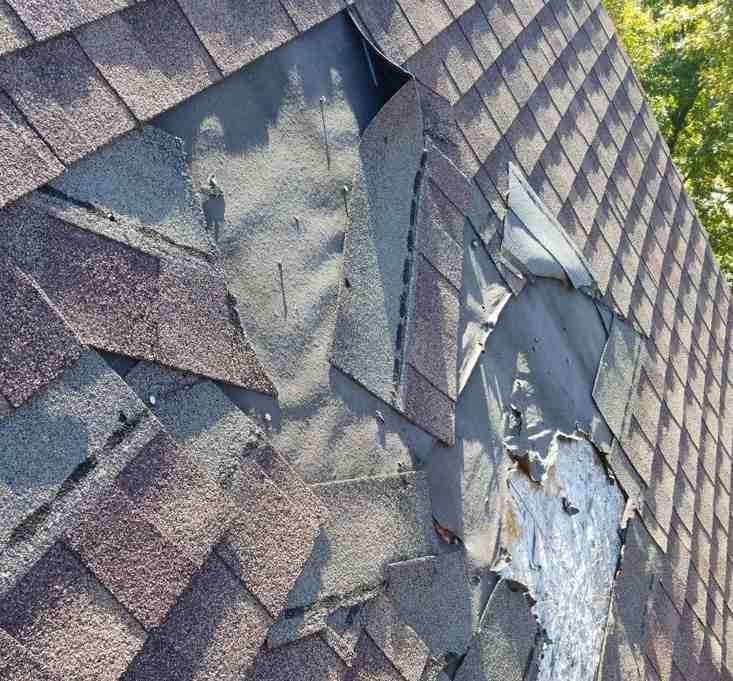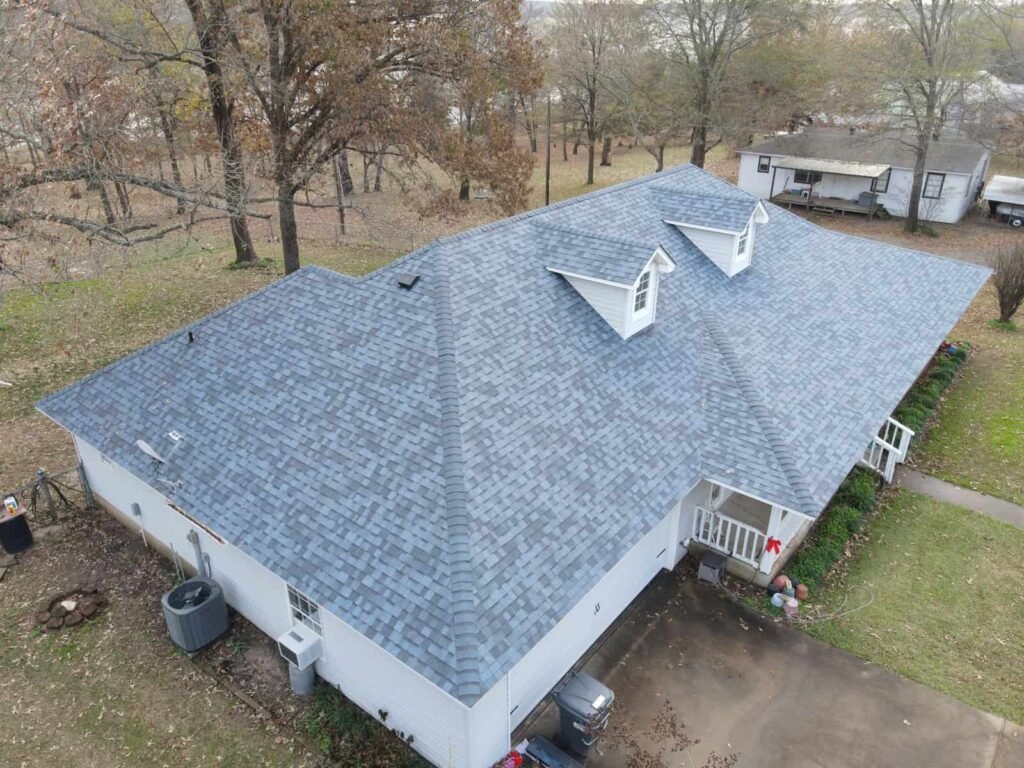Drone Roof Inspections
Drone Roof Inspections
Drone roof inspections offer a safer, quicker, and more accurate alternative to traditional methods. They minimize the risk of potential property damage and human error by using advanced aerial imaging technology, which allows inspectors to thoroughly assess every part of the roof without needing physical access. This innovative approach not only ensures a more comprehensive inspection but also significantly reduces the time and inconvenience for homeowners.



Drone Roof Inspections
Risks and Limitations of Traditional Roof Inspections
During a traditional inspection, the inspector walks around on your roof and physically checks each area, which can open your property up to potential damage. The process can take hours to complete and the homeowner must be home. Even with the most experienced inspector, areas of damage and structural irregularities can be missed due to human error.
Drone Roof Inspections
Advantages of Drone Roof Inspections
In contrast, a drone roof inspection is quick, contact-free, and able to detect minor damage that has the possibility of snowballing into a larger issue. Plus, no one will need to be home during the inspection, so you won’t need to waste a vacation day. On average, the process only takes around 30 minutes to complete, which means we’re able to complete a large number per day. Instead of waiting weeks or even months to get an appointment, we’ll be able to satisfy your request with minimal wait time.


Drone Roof Inspections
Comprehensive and Automated Drone Roof Inspections at DJJ Roofing
At DJJ Roofing, our consultants are skilled in capturing high-quality images. To ensure that no stone is left unturned, we use a fully automated program to ensure safety, automatically detect damage, and determine the overall health of your roof. We’ll generate a comprehensive roof condition report detailing any potential issues, which can be used to pre-qualify a home for a full inspection or when submitting an insurance claim. To schedule a drone roof inspection if your in the Northeast Texas area contact us today at (903) 217-5431, or click the button below to fill out our scheduling form.
Why Choose Us
Reasons For People Choosing Us
Quality Material
We use high quality materials to ensure the strongest protection.
Top Rated
We are the most top rated 5 star roofers on Google in Northeast Texas.
Fair Pricing
Cost-effective and transparent pricing for all of your roofing service needs.
Time Flexibility
Also, our clients take comfort in knowing that real solution options are provided as opposed to high pressure sales tactics.
Quick Response
Your time matters to us, We'll respond as soon as possible.
We Are Here To Serve
Also, our clients take comfort in knowing that real solution options are provided as opposed to high pressure sales tactics.
Free Consultation
Contact Us
Drones, also known as unmanned aerial vehicles (UAVs), have revolutionized various industries and become a symbol of technological advancement in the 21st century. Initially developed for military purposes, drones have expanded their reach into numerous civilian applications, transforming fields such as agriculture, photography, delivery services, environmental monitoring, and public safety. The rise of drones can be attributed to several key factors, including advancements in technology, decreasing costs, and increasing awareness of their potential benefits.
In the military context, drones were first utilized for reconnaissance and surveillance. The ability to gather intelligence without putting human lives at risk was a significant advantage. Over time, military drones evolved to carry out targeted strikes, playing crucial roles in modern warfare. These applications demonstrated the effectiveness of drones and spurred further research and development, leading to the creation of more sophisticated and versatile UAVs.
One of the most significant impacts of drones has been in the field of aerial photography and videography. Prior to the advent of drones, capturing aerial footage required expensive equipment and helicopters. Drones democratized this capability, allowing photographers and filmmakers to achieve stunning aerial shots with relatively affordable devices. This has not only enhanced the quality of media production but also opened up new creative possibilities, making aerial photography accessible to amateurs and professionals alike.
In agriculture, drones have introduced a new era of precision farming. Equipped with sensors and cameras, drones can monitor crop health, assess soil conditions, and even apply pesticides and fertilizers with pinpoint accuracy. This level of precision helps farmers optimize their yields, reduce waste, and manage their resources more efficiently. By providing real-time data, drones enable farmers to make informed decisions, ultimately leading to increased productivity and sustainability in agriculture.
The delivery industry has also seen a potential game-changer in drones. Companies like Amazon and UPS have been experimenting with drone delivery services to offer faster and more efficient parcel delivery. Drones can navigate congested urban environments, bypassing traffic and delivering packages directly to customers’ doorsteps. This not only reduces delivery times but also has the potential to decrease the carbon footprint associated with traditional delivery methods. Although regulatory hurdles and technical challenges remain, the progress in this area suggests that drone delivery could become a common sight in the near future.
Environmental monitoring is another area where drones have made a significant impact. Conservationists and researchers use drones to monitor wildlife populations, track deforestation, and study ecosystems that are otherwise difficult to access. Drones equipped with thermal cameras can detect poachers in protected areas, helping to combat illegal hunting. Additionally, drones are used to monitor natural disasters, such as wildfires and hurricanes, providing real-time data to emergency responders and aiding in disaster management efforts.
Public safety and law enforcement agencies have also adopted drones for various applications. Drones can be deployed for search and rescue missions, providing aerial views of disaster-stricken areas and helping locate missing persons. In law enforcement, drones are used for surveillance, crowd monitoring, and crime scene analysis. The ability to quickly deploy drones and gather aerial footage has proven invaluable in emergency situations, enhancing the capabilities of public safety agencies.
The commercial use of drones has been facilitated by advancements in technology, such as improvements in battery life, GPS navigation, and autonomous flight capabilities. Modern drones are equipped with sophisticated sensors, high-resolution cameras, and advanced flight control systems, making them highly reliable and versatile. Additionally, the development of software and algorithms for data analysis has enhanced the utility of drones in various applications.
Despite the numerous benefits, the proliferation of drones has also raised several challenges and concerns. Privacy is a significant issue, as drones can capture images and videos of individuals without their consent. This has led to calls for stricter regulations and guidelines to protect people’s privacy. Additionally, the risk of collisions with other aircraft and the potential for drones to be used for malicious purposes have prompted authorities to implement measures to ensure safe and responsible drone usage.
Regulatory frameworks for drones vary by country, but many regions have established rules to govern their operation. For instance, in the United States, the Federal Aviation Administration (FAA) has set guidelines for both recreational and commercial drone use. These regulations typically include requirements for registration, altitude limits, and restrictions on flying near airports and crowded areas. Compliance with these regulations is essential to ensure the safe integration of drones into the airspace.
Looking to the future, the potential applications of drones are vast and continually expanding. In the field of transportation, there is ongoing research into the development of passenger drones, which could revolutionize urban mobility by providing a new mode of aerial transportation. These autonomous flying vehicles could alleviate traffic congestion and reduce travel times, offering a glimpse into a future where commuting takes place in the skies.
In healthcare, drones have the potential to deliver medical supplies and emergency aid to remote or inaccessible areas. During the COVID-19 pandemic, drones were used to transport medical samples and supplies, demonstrating their value in healthcare logistics. As technology advances, drones could play a crucial role in providing timely medical assistance and improving healthcare delivery in underserved regions.
Another exciting prospect is the use of drones for infrastructure inspection and maintenance. Drones can inspect bridges, power lines, and pipelines, identifying potential issues before they become critical. This proactive approach to maintenance can improve the safety and reliability of essential infrastructure, reducing the risk of accidents and service interruptions.
The integration of artificial intelligence (AI) and machine learning with drone technology is expected to further enhance their capabilities. AI-powered drones can analyze data in real-time, making autonomous decisions and adapting to changing conditions. This level of intelligence opens up new possibilities for autonomous exploration, environmental monitoring, and even scientific research.
As drones continue to evolve, ethical considerations will play an increasingly important role in their development and deployment. Ensuring that drones are used responsibly and ethically, with respect for privacy and safety, will be crucial in maximizing their benefits while minimizing potential harms.
In conclusion, drones have emerged as a transformative technology with a wide range of applications across various industries. From revolutionizing aerial photography and precision farming to enhancing public safety and environmental monitoring, drones have proven their value in numerous fields. Technological advancements have made drones more capable and accessible, driving their adoption and integration into everyday life. However, the challenges and concerns associated with drone usage must be addressed through effective regulation and ethical considerations. As we look to the future, the continued innovation and responsible use of drones hold the promise of further enhancing our capabilities and improving our quality of life.
